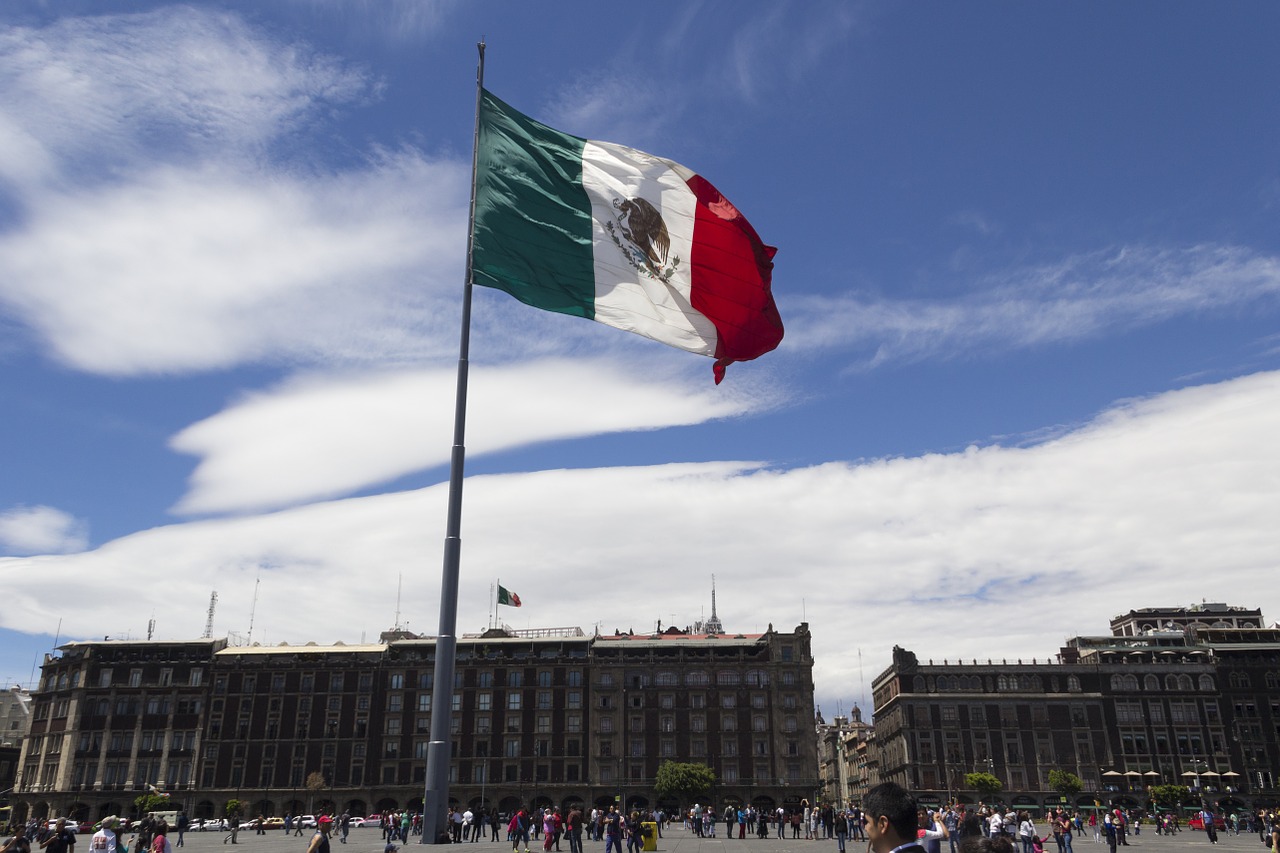Mexico’s economy, the second largest in Latin America, has solidified its relevance over the past two decades through the trade agreement linking it to two global giants: the United States, the world’s largest power, and Canada, one of the seven largest economies. But it faces a longstanding issue it has been unable to resolve for decades: low growth.
So far this century, Mexico’s average GDP stands at 1.73%, a completely insufficient rate for an economy that should be growing at least between 5% and 7% annually to generate enough jobs to reduce the backlog accumulated over decades, as well as to meet the demand for employment from new generations.
Meanwhile, Mexico is also consolidating its position in financial markets. In recent years, a spectacular rise in its stock market and an unusually strong currency are clear indicators. The Mexican financial market is perhaps the most benefited in recent years amid fears driven by geopolitical realignments and the United States’ new trade policy.
However, the news and expectations from analysts who follow the Mexican economy closely are not optimistic. All signs point to Mexico being trapped in the so-called “growth trap,” a condition not unique to the country but persistent in the region’s second-largest economy.
Factors Preventing Economic Takeoff
The October survey of private-sector analysts in Mexico shows that specialists project GDP growth at the end of 2025 to be 0.50%, unchanged from the previous month’s survey.
This halts a four-month streak of upward revisions, during which growth expectations rose from 0.18% to 0.50%. Despite this, the 0.50% forecast remains below the 1.00% projected in the January survey. Meanwhile, the 2026 growth expectation was adjusted upward from 1.35% to 1.40%.
According to the percentage of responses from specialists, the six main factors hindering Mexico’s economic growth are:
a. Governance (41%)
Governance remains the top factor obstructing Mexico’s economic growth. Within this category, public security issues are seen as the main risk, accounting for 17% of responses, and have been identified as the leading governance-related concern since November 2024. Other cited issues include lack of rule of law (9%), domestic political uncertainty (6%), corruption (6%), and impunity (3%).
b. External Conditions (28%)
Within external conditions, the top risk identified is trade policy, with 17% of responses. This ties it with public insecurity as the leading overall risk to Mexico’s economic growth among the 32 factors analyzed. This concern stems largely from uncertainty over the protectionist trade policies of Donald Trump in the United States. Other concerns within this category include international political instability (4%) and weakness in external markets and the global economy (2%).
c. Domestic Economic Conditions (22%)
Key factors include a weak domestic market and uncertainty over the internal economic situation (7%), lack of structural reform in Mexico (6%), and overall market weakness (6%).
d. Public Finances (6%)
This factor dropped from 8% to 6%. However, in the past two months, it has remained above the year-to-date average of 3.7%. This is attributed to the presentation of the 2026 Economic Package, which has raised concerns among private-sector specialists. The Ministry of Finance projects a 4.1% deficit for 2026 and growth in the range of 1.8% to 2.8%, which is seen as optimistic.
e. Monetary Policy (2%)
Factors include current monetary policy (1%) and high domestic financing costs (1%), both of which are viewed as obstacles to growth, according to the survey.
f. Inflation (2%)
This factor rose by one percentage point compared to the September survey. Rising labor costs were the only inflation-related element perceived by specialists as a barrier to growth.
Thus, the major challenge facing the region’s second-largest economy is clear: it must boost growth decisively and escape the “growth trap,” which experts warn could cause Mexico to relive crises it was presumed to have overcome.
However, the path forward will not be easy. Political transition, regional shifts, and the aggressive trade policies of Mexico’s main partner, the United States, do not suggest a smooth road ahead for an issue that can no longer be postponed. Mexico must grow at a faster pace—urgently—and there is no clear indication of how that will happen in the near term.




